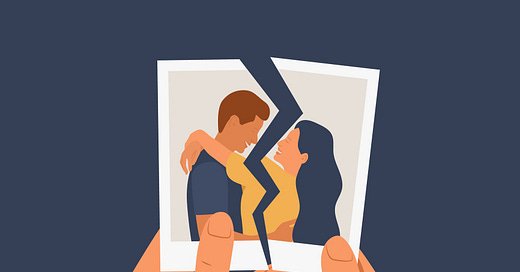"But She Seemed So Happy!" Coercive Control and the Dangerous Image of the Perfect Couple
9 reasons why victims-survivors might look joyful when they're not
Dr Emma Katz is widely regarded as one the world’s foremost academic experts in her area of research — how coercive control impacts on children and young people.
Emma specializes in the harms caused by father-perpetrated coercive control, as well as children’s and mothers’ resistance and recovery. Read more in her book Coercive Control in Mothers’ and Children’s Lives, published by Oxford University Press.
Welcome
“But you looked so happy together?”
“This photograph of the couple shows their happiness in each other’s company. It undermines her claim to be a victim of domestic violence.”
“She’s a liar. A real victim wouldn’t have acted like that.”
These are just some of the reactions that often happen when badly-informed people see a woman smiling, laughing, dancing, drinking or “having fun” during a time when she later says her partner was abusing her or she had recently been attacked.
These types of reactions would be different if people more fully understood what coercive control is and how it works.
So, what are the go-to points for anyone trying to explain to someone why victims-survivors might smile and seem happy when they’re actually suffering?
This post provides what I consider to be the 9 most important aspects of coercive control that explain this.
Here, then, are the 9 power dynamics, emotional suppressions, and community manipulation techniques behind the false image — the tactics and impacts of coercive control that create an illusion a million miles from what is actually happening.




